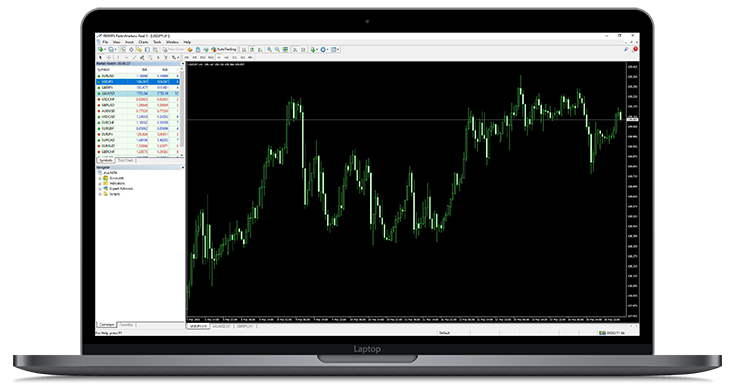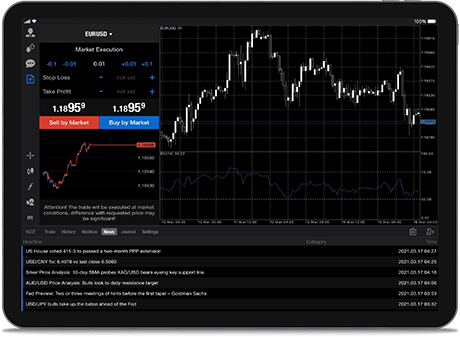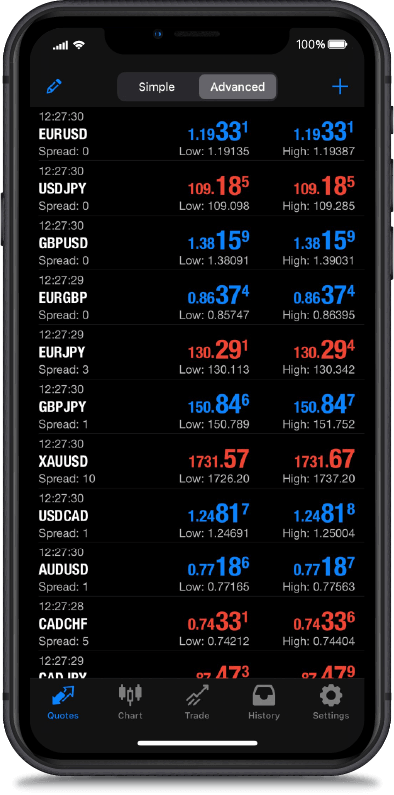IHR GO-TO BROKER
FÜR DEN HANDEL
FÜR DEN HANDEL
Zugriff auf 350+ Produkte, einschließlich Devisen, Aktien CFDs,
Indizes und Metalle mit MetaTrader 4/5 Plattformen
Indizes und Metalle mit MetaTrader 4/5 Plattformen
LIVE-SPREADS
EUR / USD
SPREAD
0.00
GEBOT
-----
FRAGEN SIE
-----
XAU / USD
SPREAD
0.90
GEBOT
-----
FRAGEN SIE
-----
EUR / JPY
SPREAD
0.10
GEBOT
-----
FRAGEN SIE
-----
USD / JPY
SPREAD
0.00
GEBOT
-----
FRAGEN SIE
-----
GBP / USD
SPREAD
0.20
GEBOT
-----
FRAGEN SIE
-----
Live-Kurse sind nur Richtwerte.
STANDARD
Keine Kommission
PIPS
XAU/USD
PIPS
EUR/USD
PIPS
USD/JPY
PIPS
EUR/JPY
PIPS
GBP/USD
PIPS
EUR/GBP
- Mindesteinzahlung $100
- Maximale Hebelwirkung 1 : 500
RAW
Niedrige Kommission
$2.5/Seite
PIPS
XAU/USD
PIPS
EUR/USD
PIPS
USD/JPY
PIPS
EUR/JPY
PIPS
GBP/USD
PIPS
EUR/GBP
- Mindesteinzahlung $100
- Maximale Hebelwirkung 1 : 500
KONTO-TYP
DER AM BESTEN ZU IHNEN PASST
DER AM BESTEN ZU IHNEN PASST
Bei RADEX MARKETS sind wir bestrebt,
wettbewerbsfähigen Handel und Aufträge zu bieten.
wettbewerbsfähigen Handel und Aufträge zu bieten.
VERBESSERN SIE IHRE HANDELSERFAHRUNG MIT UNS
Handeln Sie wie nie zuvor mit unseren optimalen Funktionen.
Unsere nahtlose und benutzerfreundliche Plattform ermöglicht Ihnen ein problemloses Navigieren der Märkte.











